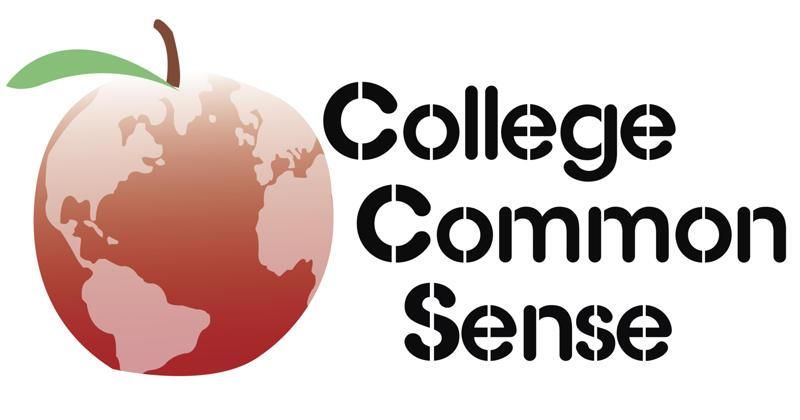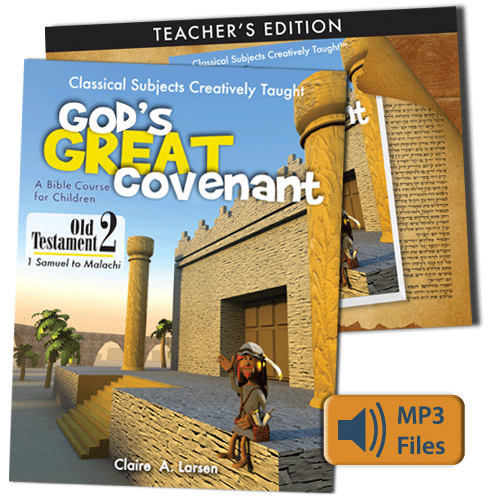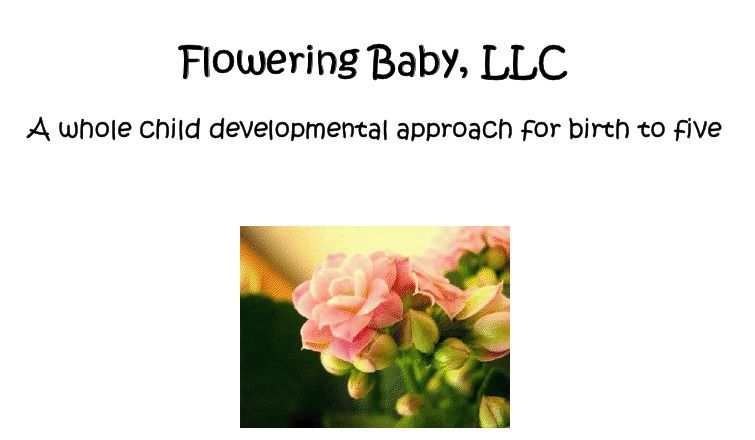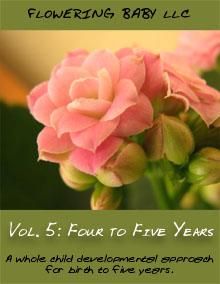
This year was a milestone year in the Smith house. Our biggest baby entered sixth grade. That's middle school. Gasp! How did it happen so fast? 6 and 1/2 more years and we are looking at college. Noooooooo!!!! But as much as it pains me to admit it, that time is coming. Fast.
Not only does college mean my baby is growing up, it means that we're going to need to open up the purse strings. College isn't cheap. Enter College Common Sense, a program designed to help parents and students navigate through the mystery of paying for college by helping you find "free money."
College Common Sense
Denise Ames, financial aid consultant, is the creator of the Going to College and Paying for It Online Video and workbook program. She designed this program to help parents and students find as much "free money" for college as they can. And as early as you can.
She has created an entire DVD/online series that explains what exactly is financial aid, the major steps to going to college, how to choose the right college for you, how financial aid works, where to find the "free money," and how you fit into the process. Working as a financial aid officer at a private college for over 10 years, Denise has a lot of knowledge to share.
Denise recommends starting as early as possible, even with your elementary student. You can't start accumulating money for college early enough. She offers lessons for four different levels: parents and students of elementary age, parents and middle schoolers, parents and high schoolers, and parents and students of college age.
With the younger students, Denise suggests working through the program with your student at least once a month. She offers lesson plans and activities tailored toward this younger ages. By starting to learn about this process early, your student will have a greater understanding of how to find as much aid as possible. It's never to early to begin earning scholarships. With the older students, Denise recommends letting them take the reigns and take the lead in their education.
Our Experience
We received the online video and workbook.The Going to College and Paying for It lessons are made of six 20 minute videos that go along with the workbook. You can also sign up for her free lesson plans to use along with the dvd lessons or on their own. The lesson plans are delivered to your inbox weekly and each plan has a different focus and activity to get your child actively thinking about, and sometimes preparing for, college. And the website itself is chock full of valuable information.
Since I was working with a middle schooler, we went through the videos and lessons together. We began by creating an All About Me notebook and a scholarship binder. The notebook is for the students to write (or draw) about their dreams and interests. It will give them a record of their thoughts and dreams to look back on and those are the very things that are so important to know when choosing a college. Both the binder and the notebook are intended to give the student ownership of their education. We all know that we tend to work harder towards the things that we are personally invested in. College should be one of those things.
In the first lesson, The Big Picture, we learned about the difference between tuition and the cost of attending really are. I think it was an eye opener for Mackenzie. We also learned how to, and how NOT to, choose a college. Denise had great tips on what to do and ask when you visit a campus.

I also really appreciated how she explained that it is the students responsibility to make sure that they know and obey the stipulations for the aid that they've been given. If you were expected to maintain a certain GPA to receive money then it is 100% up to you to make sure that you adhere to this. If you don't, and you lose the money, you have nobody to blame but yourself.
In the next lesson we learned How Financial Aid Works. Mackenzie, 12, started zoning out during this lesson. I, however, found it fascinating. I learned a lot about a topic that I thought I knew quite a bit about, having received my fair share of financial aid all those years ago. She explains the different types and walks you through when and how to apply. She tells you what to expect after you apply for aid. She also provides worksheets that will help you calculate the cost of attending a particular school.
The third lesson is All About the Free Money. The Scholarships and grants. She goes into the different types of scholarships, how to find scholarships, how to decide if you qualify for a particular scholarship. She also reminds the student, again, to pay attention to the obligations that might be attached to the money. I just love how she repeatedly puts the student in the "driver's seat" so that they understand that this is their education and they are responsible for every aspect of it.
The remaining lessons are The System That Works, You in the Process, and Putting it All Together. This is where you get into the nitty gritty of finding and applying for scholarships. She gives very specific, step-by-step directions on how to do this. And she has you create a scholarship binder so that you can keep everything organized in one place.
While Mackenzie wasn't as interested in it as I am, I know that this will be a great resource down the road for her. It gives her step-by-step way to secure financing for her education so that she can "Be the Master of Her Own Future." I think that might be the best part of the program for me, teaching the student how to take charge of their life.
All and all, I found this to be a great asset to anyone planning on attending college or who will be putting children through college. I learned a lot more about securing money for my kids and I will be reviewing this again and again to keep it fresh in my mind. I also definitely plan on having my children become more involved with this program as they hit the high school years. And who knows? Maybe between now and then I'll have secured them a little extra money for college early.
F.Y.I.
Website: http://www.collegecommonsense.com
Age Range: elementary through college
Pricing: $50 for the DVD and workbook or $25 for a 12 month subscription to the online program













































